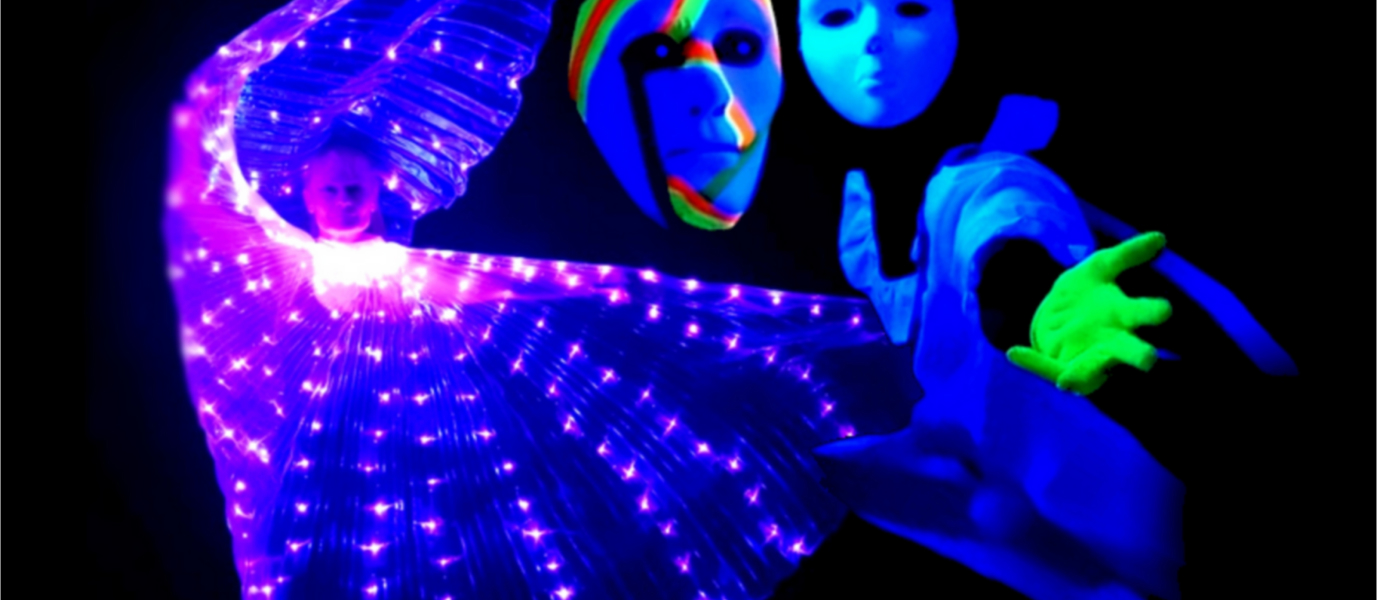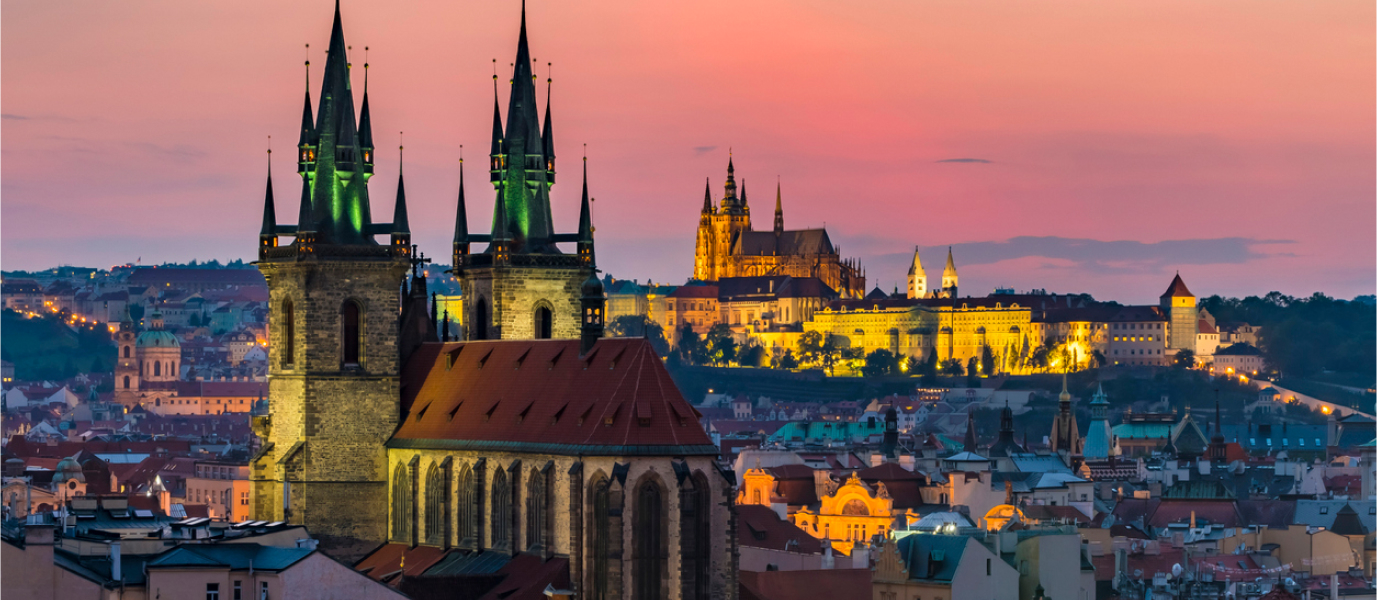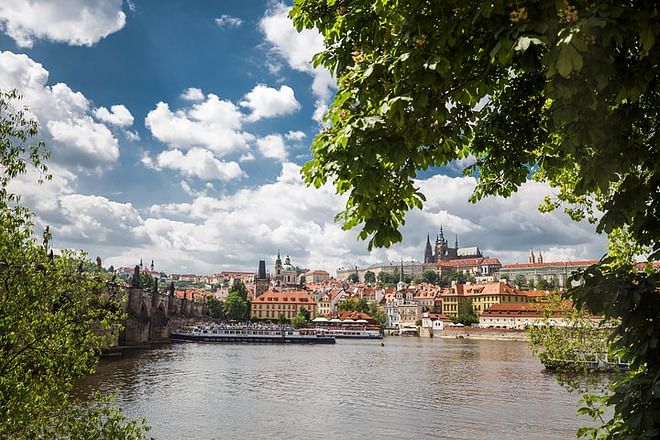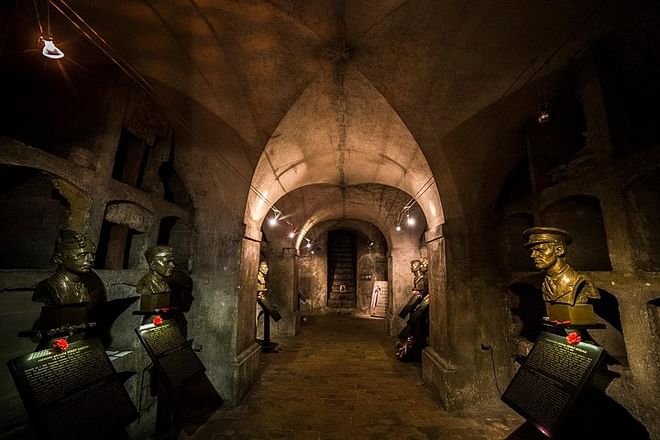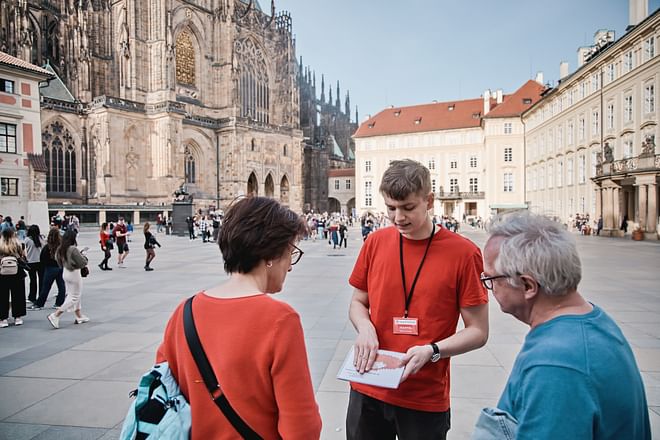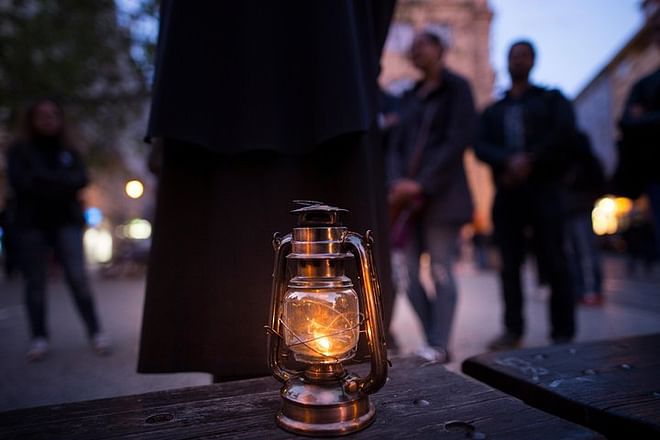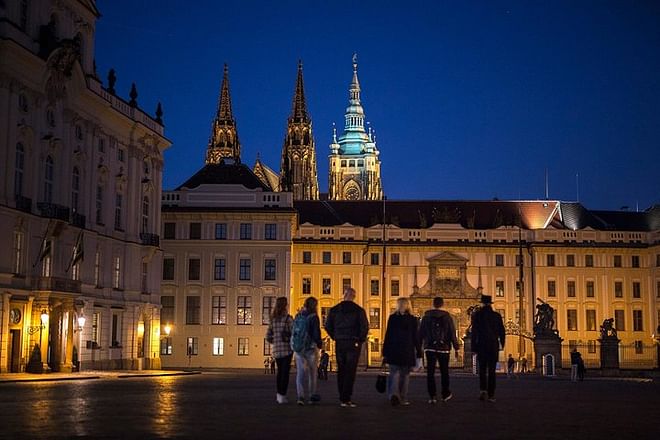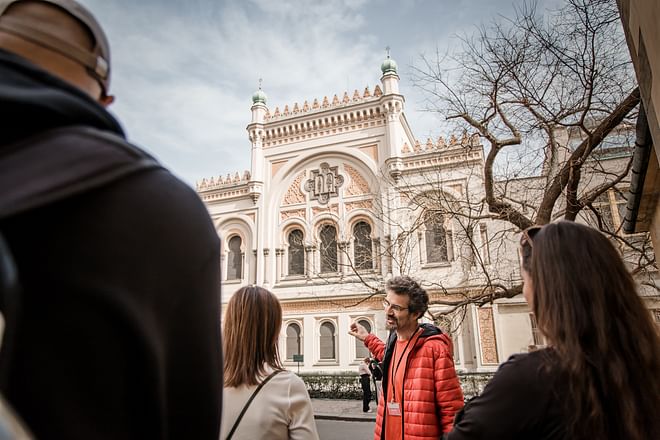Prague is a city where music comes to life. There are countless performances featuring classical music and an array of other styles. Opera is a permanent fixture in the Czech capital and its cultural history includes a major event: Mozart chose this city for the première of his Don Giovanni in 1787. Much has occurred since then, and the city’s stages have featured the most dazzling works.
Throughout the years, famous composers and performers have passed through the State Opera and the National Theatre, which are known for their architectural beauty. In other European cities, opera seems to cater to upper-class audiences, but this is not the case in Prague. The varied offering and affordable prices are within reach of the general public. This gives opera fans yet another powerful reason to visit the Czech capital.
Prague’s National Theatre, a beloved building
The Prague National Theatre (Národní Divadlo, in Czech) is a must-see landmark for opera enthusiasts and anyone in general. It is located on the right bank of the Vltava River, on the corner between National Street and the Masarykovo Nábřeží Pier, and the stunning structure does not go unnoticed. The interior houses a magnificent auditorium, crowned by a golden dome. It is decorated with paintings of female figures linked to the world of art.
The building, designed by the architect Josef Zitek, opened in 1881. It immediately became a cultural hub that safeguarded the essence of Czech performing arts. Locals adore this building for many reasons. Its construction was possible thanks to the activism of a leading group of Czech creators who convinced residents as to the importance of their donations.
However, the collective joy turned to tragedy just a few months after the theatre’s grand opening. On 12 August 1881, after 11 performances, a fire destroyed the stage and part of the building. A new fund-raising campaign was launched for its reconstruction, and the financial goal was met in only 47 days. The architect Josef Schulz took on the project, and in November 1883, the National Theatre opened its doors once again.
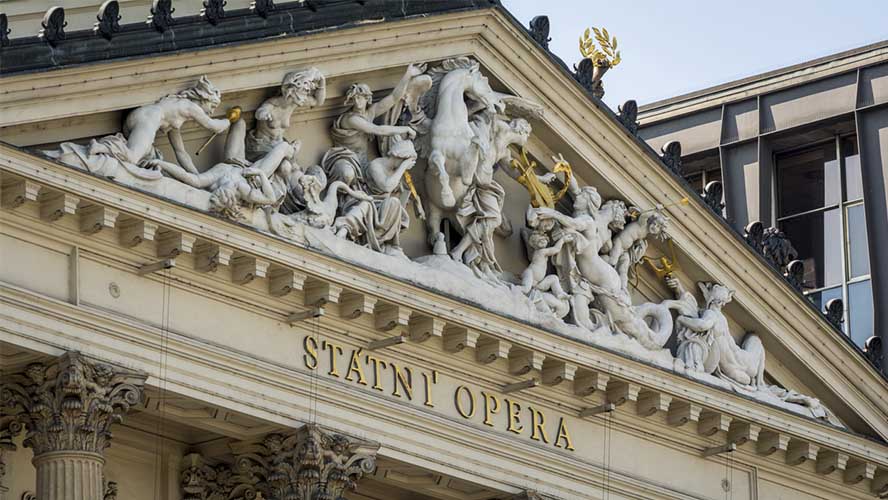
Libuše by Bedřich Smetana, the same opera that was featured at the first grand opening, was performed. The piece is about a legendary Czech heroine and was particularly suitable for an era of nationalist recognition. In the late nineteenth century, Prague fought to free itself from the influence of the House of Habsburg.
Interesting facts and features of Prague’s National Theatre
The National Theatre is loved by locals for yet another reason. In 1989, it was used as a hiding place for protesters fighting against the communist regime. It also served as the venue for the political meetings and assemblies that, following the Velvet Revolution, concluded with Václav Havel as president of Czechoslovakia.
Today, the National Theatre consists of three additional edifications, in addition to the historic building. The New Stage, the Estates Theatre and the Karlín Musical Theatre are home to a wide array of opera, theatre and ballet performances in the Czech capital.
The Prague State Opera, great classics in a beautiful setting
To view the interior of the elegant theatre that houses the State Opera, Prague’s opera and ballet company, visitors must attend a show. This means that there are two reasons to plan a tour and enjoy a magnificent performance. The gorgeous building with a neo-Classical style was designed by the Vienna architects Fellner und Helmer in the late nineteenth century. Built in 1888, it was originally known as the New German Theatre until its name was changed in 1945.
The theatre is located in New Town, on Wilsonova Street, near Wenceslas Square. Highlights include the intense crimson velvet and gilding used for the auditorium seats. The stage of this glamorous space features performances of great opera classics throughout the year. Its history began on 5 January 1888 with The Mastersingers of Nuremberg by Richard Wagner.
The Prague State Opera’s extensive history
The first director of the Prague State Opera was Angelo Neumann, who positioned the institution amongst the greatest opera centres in the world. Conductors along the lines of Gustav Mahler, Richard Strauss and Otto Klemperer, among others, have stepped onto its stage.
Following Neumann’s death in 1911, the composer Alexander von Zemlinsky took over the theatre. It became renowned for performances of Mozart’s work and for showcasing pieces by new composers. Top orchestra conductors have followed in his footsteps.
The State Theatre has an extensive history filled with countless challenges. Following the Nazi occupation, it was renamed the Deutsches Opernhaus and only German companies were featured. After the fall of the Nazi-led government, the new Czech Theatre of the Fifth of May was founded. It opened in 1945 with an opera by Bedřich Smetana, regarded as the father of Czech music, and it was known for including avant-garde pieces in its repertoire.
The space was renamed the Smetana Theatre in 1949. Following the Velvet Revolution in 1989, the theatre was once again established as the State Opera. The vast artistic agenda has focused on twentieth-century opera and premièring innovative works. It has formed part of the National Theatre of Prague since 2015 and has been renovated in recent years.
The Estates Theatre, in memory of Mozart
An operatic tour of Prague would not be complete without the Estates Theatre. The building was constructed in a Classical style and is still preserved in almost its original state. Located in the city’s Old Town, near the Fruit Market, it was commissioned by Franz Anton, Count of Nostitz-Rieneck, and opened in 1783 with a performance of Emilia Galotti by Gotthold Ephraim Lessing.
The theatre is renowned because it was selected by Wolfgang Amadeus Mozart for the world première of his opera Don Giovanni in 1787. Throughout the years, it has had various names and undergone multiple renovations. It currently offers theatre and ballet performances by the National Theatre, and regularly showcases Mozart’s operas, including Don Giovanni and other works. The renowned Austrian composer had a close relationship with the Czech capital and became an idol for locals.
Upon entering the theatre, visitors come across an enigmatic statue by the Czech artist Anna Chromý of Il Commendatore, a character from Don Giovanni.






























































